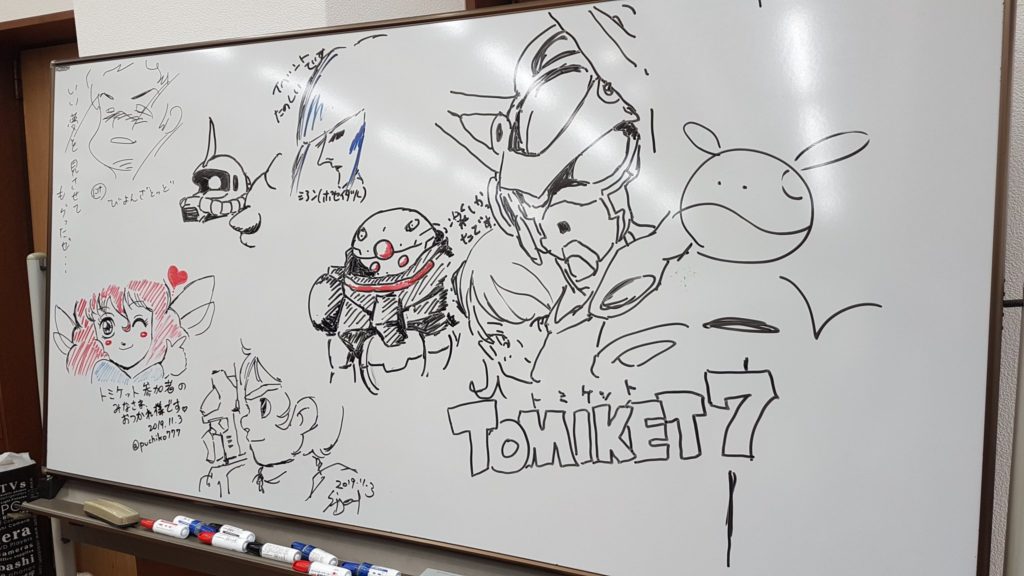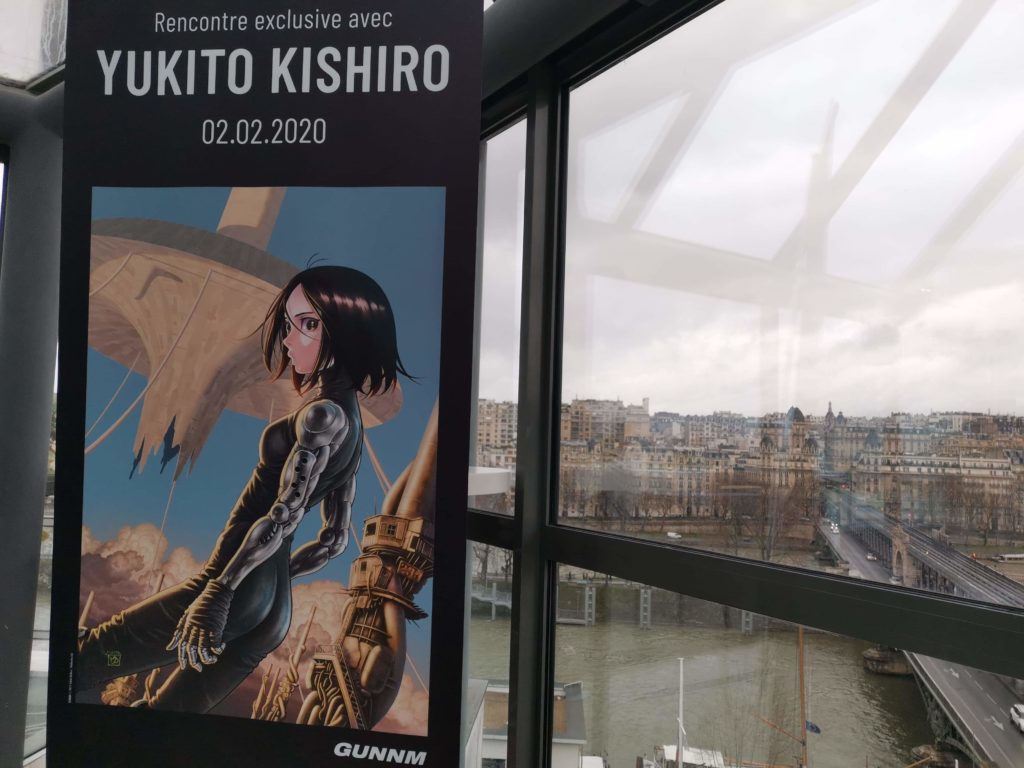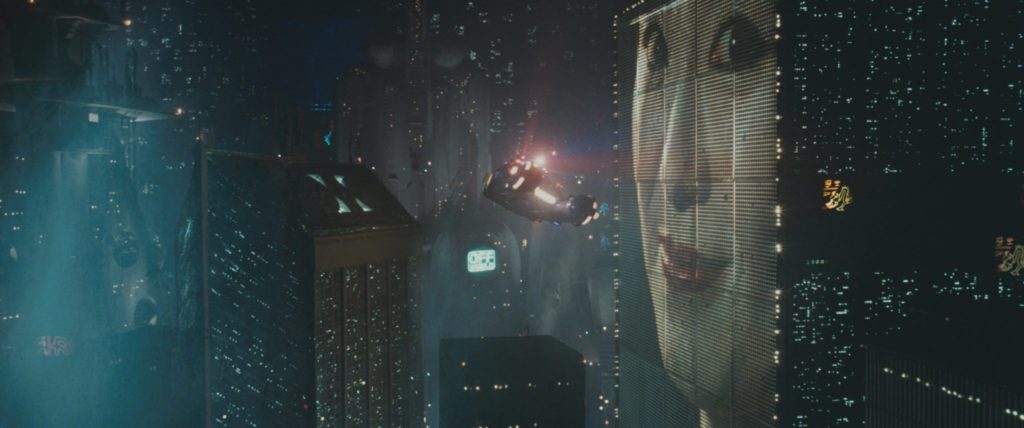Japanese Rock and Pop music has, through the 21st century, become an undoubtedly global phenomenon with genres like J-Pop, J-Rock reaching foreign audiences, and in more recent years, genres like City Pop getting a newfound appreciation with international audiences discovering artists like Mariya Takeuchi and Tatsuro Yamashita through YouTube’s recommendation algorithm. With this newfound interest in such a genre distinct not only to its geographical origins but also to its times, the latter half of the 70s, I have wondered if curiosity for the origination of such genres has also emerged.
Like our content? Feel free to support us on Ko-Fi!
The end of the 60s and the start of the 70s have been a fundamental period for the development of modern Japanese music and the development of its rock and pop scenes, centered around mainly one event: The Nihongo Rokku Ronsō or Japanese Rock Language Controversy, a debate spanning over multiple years through the New Music Magazine‘s columns about the use of Japanese language in rock music. It would oppose artists such as Yuya Uchida, fervent defensor of the use of the English language to members of Happy End, now considered one of the most influential bands in Japan.
To my surprise, this essential turning point in Japanese Rock and Pop Music history has only incomplete coverage in English outlets. It will often be mentioned disregarding all context surrounding it, and only consider its legacy without understanding what it entails.
As a fan of Japanese Rock of all epochs, I have been left unsatisfied with the available coverage. I have decided that I should try, to the best of my abilities, to paint the broad picture of the situation leading to the birth of the “New Music” and “New Rock” genres in Japan and the democratization of Japanese Rock.
The birth of New Rock
Beatles Mania, following the band’s arrival in Japan in 1966, is often cited as the pivotal point in Japanese Rock history as it birthed a whole new genre at the time, the Group Sounds, which would combine Western Rock with kayōkyoku (Japanese Showa Era pop) elements to their tunes.
But to understand how The Beatles and Group Sounds impacted the Japanese Rock scene, it is essential to consider what it was like before.
As Japan entered the postwar US occupation, the country would be introduced to various popular western artists and genres through the US Military Far East Network. Because commercial radio broadcasts were only introduced in 1951, the FEN was one of the few alternatives to the NHK public channel. As such, Japanese people near US military bases would tune in to the FEN and gain an appreciation for Western culture and music, such as Jazz or Rockabilly. This interest would escalate in a boom of Jazz Cafes and the Rockabilly genre throughout the 50s and the start of the Nichigekki West Carnival music festival, a cornerstone of the Japanese Rockabilly movement. The festival not only served as an introduction to rock’n’roll to many artists, but it is also where Yuya Uchida, a high school dropout obsessed with Elvis Presley, would make his debut in 1959. Yuya Uchida is a significant figure in the later Japanese Language Rock Controversy. He attacked Happy End with the harshest criticism regarding their use of the Japanese language in rock music. He would mostly cover songs by Elvis Presley or John Leyton in the early 60s. Still, under the influence of artists like The Ventures and The Beatles and his collaboration with Tareuchi Takeshi, nicknamed “The electric guitar god,” he would transition from his rock’n’roll influences to a more electric sound.
When The Beatles performed in Japan in 1966, Uchida would perform the opening act backed up by Tareuchi Takeshi’s The Blue Jeans and were at the forefront of the Group Sounds boom.
The following year as he witnessed Jimmy Hendrix’s performance while traveling Europe, he felt compelled to bring this kind of sound back to Japan and assembled the Yuya Uchida & The Flowers.
With bands abandoning Rock’n’Roll influences and introducing elements of Jazz and the Psychedelia movement as well as embracing UK Rock and more Progressive structures in their songs, distributors in Japan decide that this new kind of sound shall be marketed differently. This was when the terms New Rock and New Music started to be used to clarify that they were entering a new era of music. Alongside Yuya Uchida, some of the most notorious groups carrying this change were The Mops and The Jacks.
In July 1969, Yuya Uchida would be invited on a TV program to interview a young bassist named Haruomi Hosono. At the time, Hosono had gathered a few friends from college, and they would perform covers of American rock bands under the name April Fool. When Hosono was asked about the band’s aspirations for the future, he answered, “Next year, I will fuse Rock and the Japanese language.” This is considered as the starting point of the Japanese Language Rock Controversy.
Workers Music Council and the Folk countermovement
Although artists such as Yuya Uchida or The Mops’ Hiromitsu Suzuki were involved in the Beatle’s influenced Group Sounds movement, it would be wrong to assume that all New Rock stems from it. Haruomi Hosono and his fellow band members, who would create Happy End, did not associate with Group Sounds. They even felt dissatisfied with what they offered, considering they were nothing but an extension of the traditional Japanese ballade.
To understand the roots of Happy End beyond its western influences, one has to look into a movement created in parallel to the Group Sounds phenomena; one may even say it was an answer to them: Japanese Folk and, more particularly, the Kansai Folk protest movement.
In 1949, to make music accessible and promote cultural activity to workers, the first kinrōshaongakukyōgikai, which may be translated as Workers Music Council, was created in Osaka as the Kansai Workers Music Council. Quickly, more of these Workers’ associations opened throughout Japan, and by 1954, they counted 100000 members throughout Japan and a height of 650000 members by 1965.
With their motto, “Good music for cheap,” they became a popular way for the worker class to enjoy and discover new music but would also become a gathering for labor unions and communist activists. With artists like Harry Belafonte, Pete Seeger, and Bob Dylan introduced to Japanese audiences, the Kansai Workers Music Council members would quickly embrace them as influences to voice their protest against society. Their songs would often center around anti-workers discrimination and anti-war messages, especially anti-Vietnam War.
In the wake of the 1968 Zenkyoto protests, The Folk Crusaders would surprise audiences with their strong messages and, joined by Workers Music Council members such as Tomoya Takaishi, Goro Nakagawa, and Nobuyasu Okabayashi; the Kansai Folk movement would gather much support from students and protesters who embraced the genre.
With songs carrying such strong convictions and obscene words, many of them would get censored and banned from broadcast and distribution, such as Nobuyasu Okabayashi’s The Fuck Off Song. Based on the foundations led by the Workers Music Council, artists would come together and create the first independent label in Japan, URC, or Underground Record Club, which functioned through a membership-based system for their distribution.
For Nobuyasu Okabayashi’s second album at URC, Miru Mae ni Tobe, URC’s president Eiji Ogura felt inspired by Bob Dylan’s Like a Rolling Stone. Just as The Band followed Bob Dylan at the time, Eiji Ogura suggested Okabayashi do the same with the yet unsigned band Happy End.
Because April Fool only covered American songs and did not do original ones, Haruomi Hosono felt dissatisfied with the band. The group disbanded only seven months after it was formed, and Hosono, alongside the group’s drummer, Takashi Matsumoto, would create a new group, Happy End. Joining them were Eiichi Otaki, who Hosono had met in Foreign Music Clubs in college and shared a similar musical background, and Shigeru Suzuki, a young guitar genius. The band maintained the goal of Hosono’s previous claims: to marry the Japanese language with the rhythm of Rock music.
With Eiji Ogura’s help, Happy End released their first album in 1970 under URC’s label. Although the album’s name is Happy End, fans often refer to it as Yudemen (Boiled noodles) because of the sign appearing on the album’s cover.
Just a few months after the release of their album, the central chapter in the Japanese Language Rock Controversy would take place.
New Music Magazine and the Japanese Language Rock Controversy
We now have a better outlook on the background of both parties that confronted each other, the defender of the English language inheriting from the Group Sounds movement and the Japanese language advocators birthing from the Japanese Folk and protest movements.
One could even further notice that artists advocating for the English Language had all signed with subsidiaries of American companies (Columbia, Victor). In contrast, advocators of the Japanese language were related to URC. One of the catalysts starting the controversy was Yuya Uchida complaining about New Music Magazine delivering their Japanese Rock Award to singers signed at URC, notably Nobuyasu Okabayashi and Happy End, whereas English singing artists were disregarded.
To better understand what was at stake, it is necessary to look at the tribune the debate happened on, the New Music Magazine.
The New Music Magazine was created by Tōyō Nakamura and his acquaintances in 1969. Tōyō Nakamura picked up interest in music while in college when he obtained the financial freedom to buy records. He would listen to various genres of music from all over the world, especially gaining interest in South American music.
After graduating, he started working as a bank employee, and although he failed as such, he was elected as an officer of the bank’s labor union. There, he was in charge of editing the union’s newspaper. At that time, he would start his career as a music critic, as he started writing for the magazine Music Life. In 1965 he would join the Kansai Workers Music Council as an advisor to help them organize the concert of Folk artist Odetta.
While he was involved with the Kansai Workers Music Council, he met the philosopher Shunsuke Tsurumi who had just cofounded the Beheiren (The Citizen’s League for Peace in Vietnam) activist group who helped US soldiers desert the Vietnam War. Tōyō Nakamura, who shared ideas with the group, joined in, and he would meet several future contributors to his magazine while at Beheiren. At the Workers Music Council, he would also become acquainted with Tadashi Tagawa and Kōto Izuka, who became New Music Magazine’s publisher.
As the music scene changed, Tōyō Nakamura felt that music journalism should change too. He had little interest in the commercial aspect of the music industry and was more interested in the origin and background of the music genres. He felt that music journalism should help the readers understand these new movements and their context. Music magazines until then were written with a focus on photographs and introducing artists where New Music Magazines would focus on text and thematics. Because Tōyō Nakamura couldn’t afford to pay contributors in the first year of print, all contributors were acquaintances of him. They were all related either to the Workers Music Council, Kansai Folk movement, or Beiheren, so with leftist activists groups. Contributors of the first issue include Folks Crusaders’ Kazuhiro Kato, the poet Yuzuru Katagiri and Eiji Ogura.
New Music Magazine’s unique analytic approach and coverage of New Rock turned it into a reference regarding the subject. They were highly regarded by music fans of the time, so much that their talking points would often steer music fans’ conversations. The Japanese Language Rock Controversy would further cement the authority of New Music Magazine.
When Yuya Uchida complained about New Music Magazine’s coverage of English singing artists, it might very well have been a critique of the magazine’s editorial and political background. He would harshly criticize Happy End’s debut album, saying: “You have to listen very carefully to Haru yo Koi or you will not understand what it’s saying. The balance of lyrics, melody, and rhythm is poor, and I don’t think they succeeded in combining Japanese and Rock.”
Surprisingly enough, Tōyō Nakamura sided with Yuya Uchida, believing that singing in Japanese, you rely too much on the words and not the music and the beat. If you are putting too much emphasis on words, you should go towards literature.
Other participants in the debate, such as The Mops’ Hiromitsu Suzuki, argued that singing in Japanese was not viable because it could not appeal to global audiences. However, Happy End’s Takashi Matsumoto thought there might be a slight chance foreign audiences could be receptive and that they had to go for it.
As music critic Akira Shinohara puts it in Nihon Rock Zasshi Chronicles, the debate wasn’t as much about the issue of language but about how Japanese artists should accept rock culture. Happy End relativized Rock as a method which artists should appropriate themselves, whereas Uchida absolutized it as an end goal, with English Rock as an ideal you should strive to reach for.
The topic was discussed through the years 1970 to 1972, but the release of Happy End’s second album Kazemachi Roman and its relative success at the time would put an end to the debate.
Even though it only sold 10000 copies at the time, one shall remember that the Rock scene was still an underground one. The album is still considered to be the best Japanese music album ever made and has continuously inspired new artists over the years.
The album’s central theme is a feeling of nostalgia for pre-1964 Tokyo. As the 1964 Tokyo Olympics took place, the cityscape changed, families were forced to move out, and suddenly the places you were familiar with disappeared. I think the album has become a timeless classic because it depicts the affection for a revolute past, a feeling that transcends time and culture.
The songs have a lot of double meaning; some even include some societal critique, a remembrance of their Japanese Folk roots. Haikara Hakuchi, for example, criticizes Japanese people sucking up to western culture – which is somewhat ironically self-aware as Haruomi Hosono, the band leader, used to be like that, to the point of “being ashamed of not being American.”
Although Happy End ended up releasing only three albums before splitting up, their work and involvement in democratizing Japanese Rock were so consequential that they often are considered to have created Japanese Rock.
The band’s legacy does not end there, though, as each band member would go on to shape the modern Japanese Pop and Rock industry.
Haruomi Hosono would keep collaborating with Takashi Matsumoto and Shigeru Suzuki on his solo project and would go on to form the band Yellow Magic Orchestra, one of the most influential techno and electronic bands. Eiichiro Otaki would also start his solo career and become the father of the City Pop genre and create his label, Niagara Label, which would produce none other than King of City Pop Tatsuro Yamashita’s band, SUGAR BABE. Takashi Matsumoto would continue his career as a songwriter and lyricist and work with every significant Japanese artist throughout the 70s.
Although I am not a music expert and am limited by my research and knowledge on the matter, I hope that this article was able to present you with a broader picture of the origination of Japanese Rock.
Sources:
日本ロック雑誌クロニクル 篠原章 著(太田出版・2004年)
定本はっぴいえんど 高 護(SFC音楽出版 ・1986年)
名盤ドキュメント『風街ろまん』(NHK・2014年)
Like our content? Feel free to support us on Ko-Fi!
You might also be interested in
A glimpse at Tomiket
Through my visit to the 7th edition of Tomiket, we would like to dive into what makes the soul of niche Otaku events in Japan. How do Japanese fans express and share their passion for specific interests, and what can you expect out of them?Like our content? Feel...
Gunnm – Yukito Kishiro Panel in Paris
Following his attendance at the Angoulême International Comics Festival, Yukito Kishiro, the manga author behind Gunnm, better known as Battle Angel Alita in English, held a panel in Paris to which a small selection of fans was invited to. The French publisher for...
[Cyberpunk://0420] – Cyberpunk Society and Its Future
Cyberpunk —Echo of the past —A bottle to the sea —Drifting along our era's shores —Finding its way before our eyes —Voiceless against a world deafened by its own cry.





Recent Comments